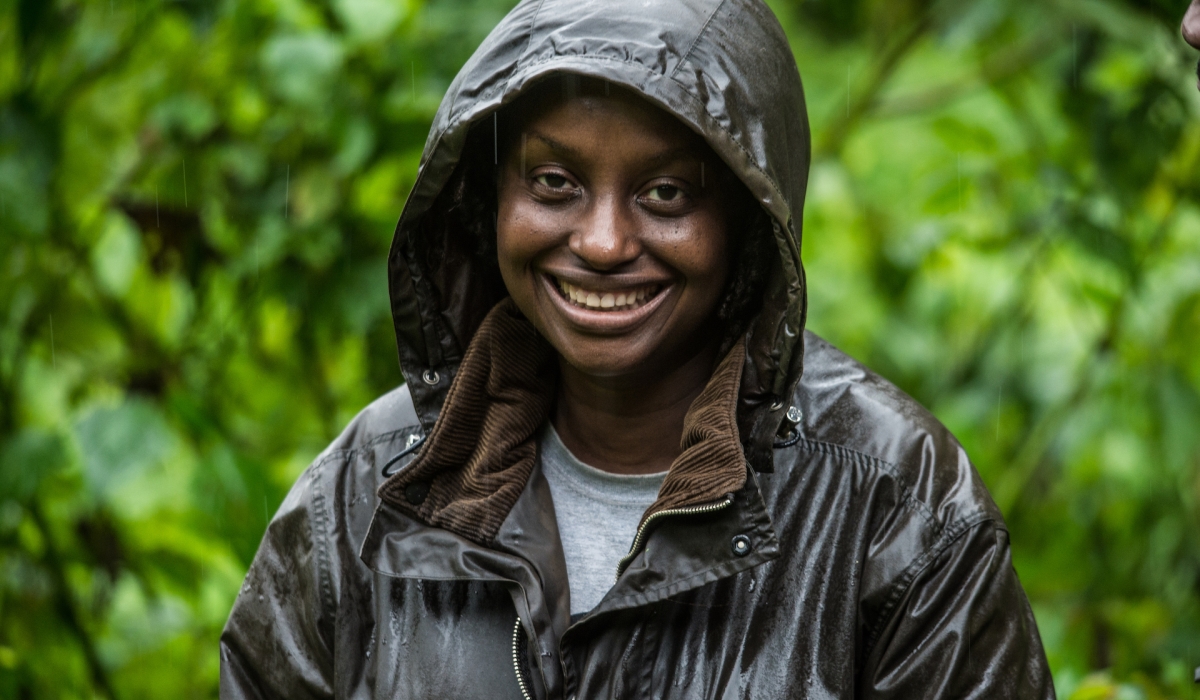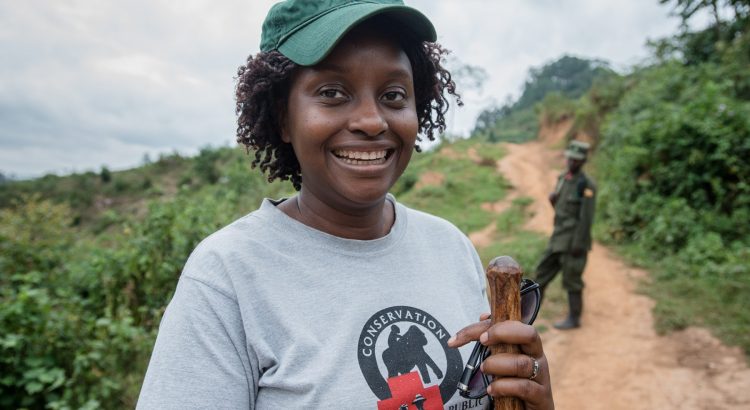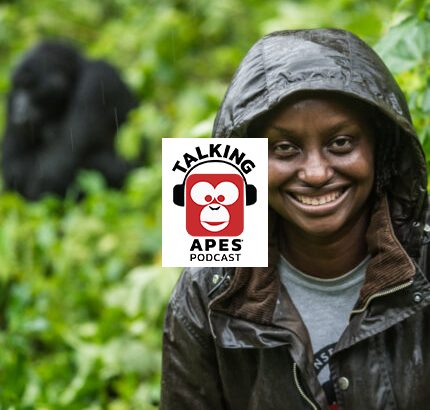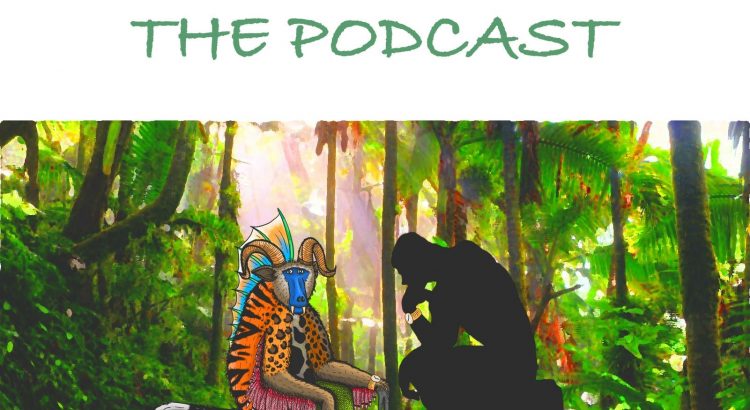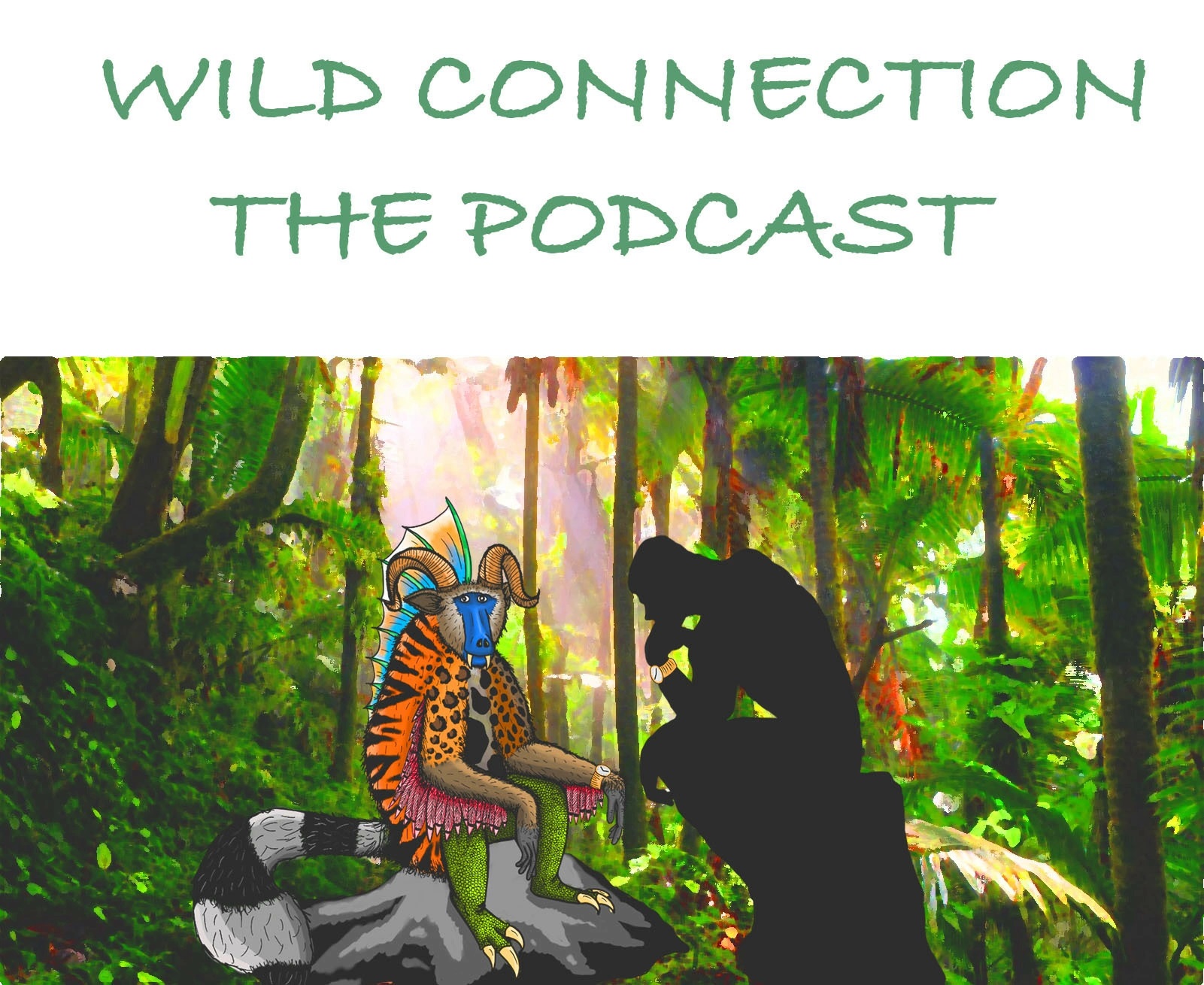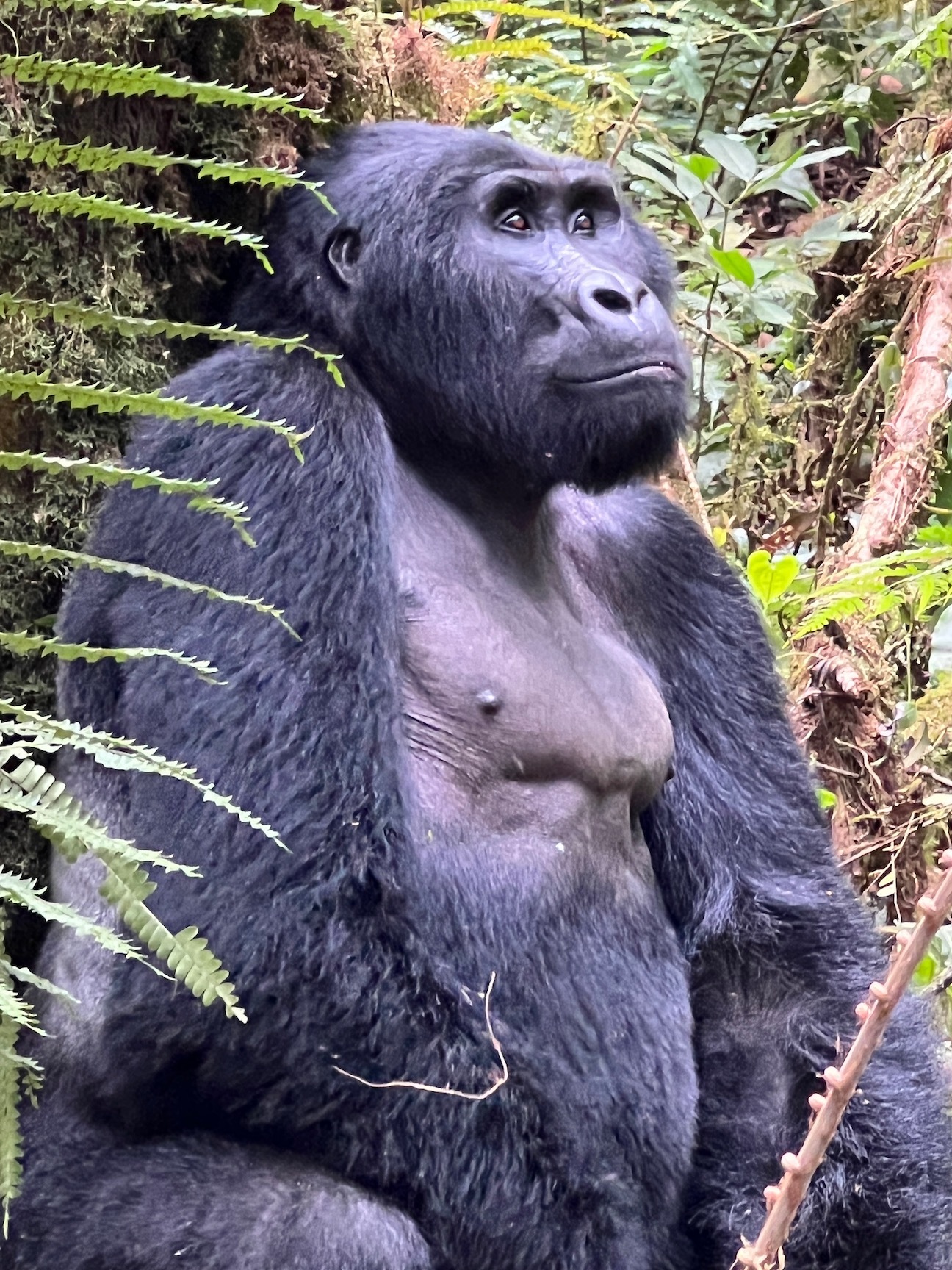SOURCE: The Guardian
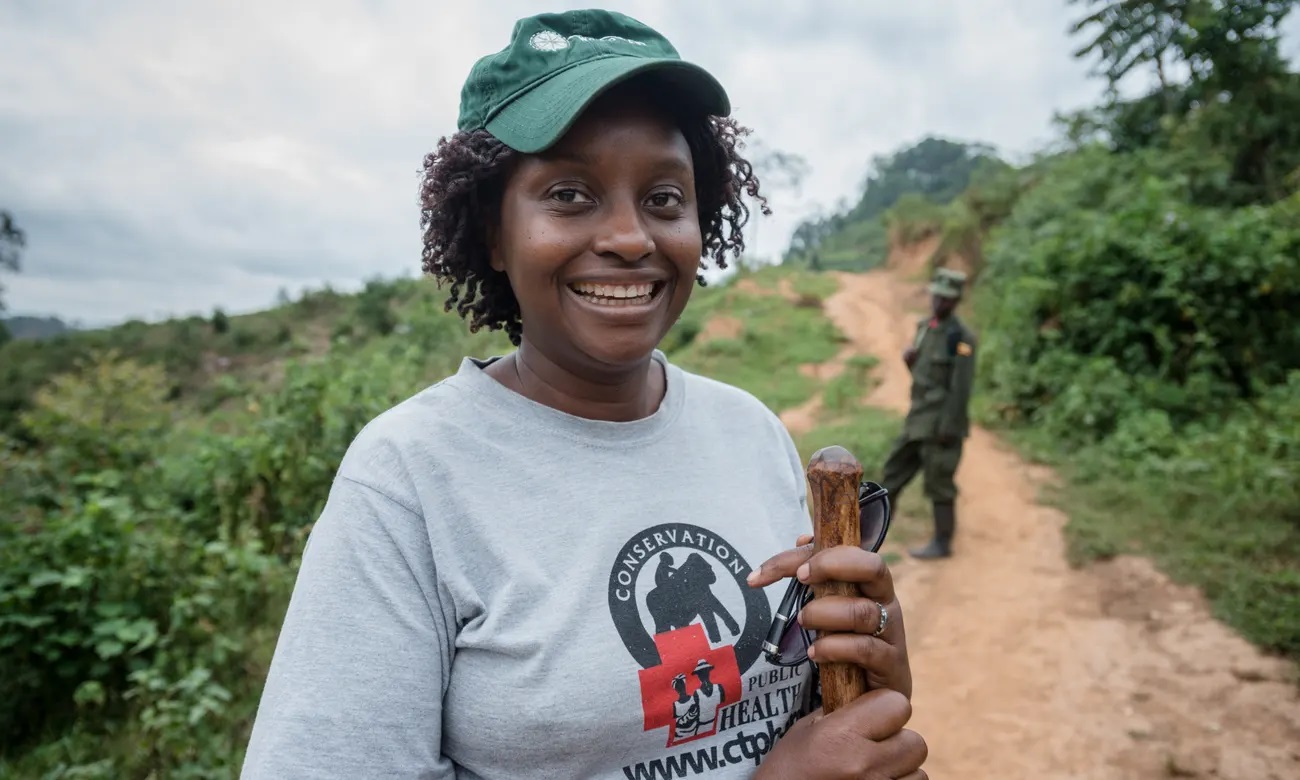
Under the watchful and resourceful eye of award-winning conservationist Gladys Kalema-Zikusoka, Uganda’s threatened mountain gorilla population has made an impressive recovery – as has the local community
The Bwindi Impenetrable Forest is tucked away in a remote corner of southwest Uganda. Meaning “place of darkness” in the Runyakitara language, this dense, mist-swathed rainforest makes for a good hiding place for half of the world’s remaining mountain gorillas. The other half, which the American primatologist Dian Fossey so famously befriended, live in Rwanda’s Virunga national park.
These majestic but shy creatures – whose existence now generates about 60% of Uganda’s tourism revenue – like to hide, especially when they know veterinary intervention is afoot. The gorillas are always outsmarting the humans – if they see someone carrying a dart gun (for sedation, vaccinations, medicine, etc), they’ll walk backwards so as not to expose their backs, where the dart needs to land. They also like to mock-charge at humans, stopping suddenly to indicate they mean no harm, yet leaving no doubt as to who holds the power. And if they’re really not feeling the presence of humans, they’ll outright charge at you.
“If the silverback charges, no one will be able to visit that group,” says the award-winning Ugandan wildlife vet and conservationist Dr Gladys Kalema-Zikusoka, via Zoom from her home in Entebbe, which she shares with her husband, Lawrence, and sons, Ndhego, 18, and Tendo, 14. “In order for him to accept humans, you have to stay very calm, keep your voice down and avoid eye contact. That’s how it should be with wildlife – they should be in charge.”
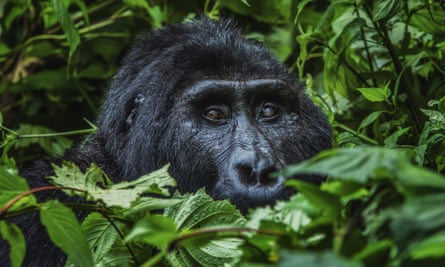
We’re here to discuss the 53-year-old’s forthcoming memoir, Walking with Gorillas: The Journey of an African Wildlife Vet, a humbling account of a life dedicated to the survival of Bwindi’s endangered gorillas and their human neighbours. You may not have heard of Kalema-Zikusoka, but the book’s foreword by Dr Jane Goodall gives some indication of her status in the conservation world. “It is hardly surprising that this remarkable woman has been the recipient of countless awards and prizes,” writes Goodall (in 2021 she was named the UN Environment Programme’s Champion of the Earth, and last year won the Edinburgh Medal for her contribution to science). “She has made a huge difference to conservation in Uganda.”
That difference has largely been achieved through gentle tenacity and impressive networking skills, even since her student days – Kalema-Zikusoka introduced herself to Goodall as an undergraduate at the Royal Veterinary College in London after attending one of her talks. And when she realised her dream job didn’t exist (while still at RVC), she wrote to the person who might be able to create it – the head of Uganda national parks – to say she wanted to become its vet.
And so in 1996, aged 26, Kalema-Zikusoka became Uganda’s first ever wildlife vet. At this point, there were only about 300 Bwindi gorillas left in the forest. After nearly three decades of tending to them, she now estimates a total of about 500 – the last census in 2018 counted 459, enough to downgrade the mountain gorilla from critically endangered to endangered.
It’s an achievement that has prompted invitations to sit on numerous international conservation boards, including the Dian Fossey-founded Gorilla Organisation, for which she volunteered while at RVC, “stuffing envelopes late into the night,” says its executive director Jillian Miller. Since the late 1990s, Kalema-Zikusoka has been a trailblazer of “community conservation”, notes Miller, at a time when most conservationists took “a top-down, colonial” approach. “Gladys was a natural at getting the support of local people.”

Born in Kampala, Uganda, in 1970, as the youngest of six siblings, Kalema-Zikusoka grew up against the backdrop of Idi Amin’s military dictatorship. Aged two, her father, William Wilberforce Kalema, a former cabinet minister under President Obote, was abducted and murdered by Amin’s soldiers. For her safety, Kalema-Zikusoka was sent to boarding school from the age of seven, variously in Uganda, Kenya and the UK, and in the 1980s her mother, Rhoda Kalema, now 93, became one of Uganda’s first female members of parliament, for the Uganda Patriotic Movement.
That was not without danger either – she was arrested three times and once jailed for her politics. The legacy of both parents “enduring many hardships” is, writes Kalema-Zikusoka in Walking with Gorillas, what inspired her to “dig deep to find my courage”.
As a child, though, animals were her escape from the “cloud of terror”, and she’d retreat to the strays turned pets that her older siblings brought home. Bby the age of 12, her heart was set on becoming a vet – not a respected vocation in Uganda, she explains in her memoir: “People don’t place much value on pets in a developing country with so much human suffering.” After a school safari trip, where she saw how Amin’s rule had decimated Uganda’s animal populations, she knew wildlife veterinary practice was her calling.
Her first encounter with a wild gorilla, at 24, was “a life-changing experience” – and not just for that heart-pounding moment of “deep connection with one of our closest cousins,” as she writes. She had volunteered for a Ugandan study while at RVC, collecting Bwindi gorilla faeces and discovered that gorillas visited by tourists carried a greater parasitic burden. “What struck me,” she recalls, speaking from the sparsely decorated study in which she wrote her memoir, “was how similar we were to each other and yet we are putting their lives at risk. We had to do something about it.” That lightbulb moment has guided her work ever since. “When you improve the health of humans, you improve the health of the animals,” she explains. This holistic approach to conservation, of which Kalema-Zikusoka was an early advocate, is now known as One Health.

It’s why you won’t find any cosy photos of Kalema-Zikusoka cuddling wild gorillas, like Fossey and Attenborough. Unless veterinary treatment is required, she and her team of rangers, porters and trackers maintain a distance of 10 metres from the gorillas. Sharing 98.4% of our DNA with them means we can easily make each other sick with zoonotic diseases – those transmitted between animals and people, such as Covid, TB and scabies. Even back in 2011, she was encouraging tourists to wear masks on gorilla treks, and during the pandemic went to great lengths – including lobbying the Ugandan government for priority testing for Bwindi people – to ensure none of the mountain gorillas caught the virus (they didn’t).
Another zoonotic pandemic is “inevitable, sadly,” says Kalema-Zikusoka, whose expertise led to her appointment on the WHO’s Special Advisory Group for the Origin of Novel Pathogens (founded in 2021 to determine the source of Covid and prevent the next pandemic). It’s inevitable, she explains, “because we are disrupting wild animals’ habitats so much.” As observed with the Bwindi gorillas, “when you destroy habitats, those animals will go into people’s gardens”. Mountain gorillas, by the way, find backyard banana plants irresistible, and the ensuing proximity to humans enables “diseases to jump back and forth” between species. While the next zoonotic pandemic could be caused by avian influenza, she thinks it will “probably be [caused by] another coronavirus. It’s the worst kind of virus. As a respiratory illness, it’s highly contagious, but the majority of people don’t die, so it just keeps going and going. And it’s able to mutate.”
Given the great apes’ sensitivity to human disease, is gorilla tourism really in their best interests? It’s complicated. Kalema-Zikusoka sees tourism as a necessary evil. It’s true, she writes, that habituated gorillas – those accustomed to humans – are more vulnerable to disease and poaching and yet, “The mountain gorilla, where there is a thriving tourism industry, is the only gorilla subspecies whose population is growing.”
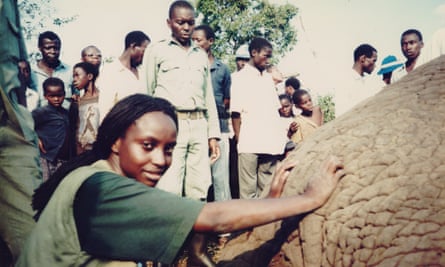
What about the local community’s best interests? There are about 100,000 people living in parishes bordering the national park. Well, it could go either way – and has, over the years. After the Bwindi mountain gorilla was discovered in 1987, the early days of Uganda’s gorilla tourism triggered a messy vicious cycle. As the gorillas lost their fear of humans, “They’d go into people’s gardens and catch human diseases,” says Kalema-Zikusoka. Meanwhile, driven by poverty, villagers would head into the forest to chop down wood and lay snares for bush pigs and duiker (a kind of antelope), which led to loss of habitat, gorillas being snared and people getting sick from diseased bushmeat. Plus, the locals grew resentful of gorilla tourism, knowing how much westerners were paying and that none of it benefited them.
Through Kalema-Zikusoka’s many bridge-building interventions, that vicious cycle has been transformed into a virtuous one, with several programmes being expanded to other parts of Uganda and beyond. In 2003, she founded Conservation Through Public Health (CTPH), an NGO through which she could fundraise and still run One Health programmes in Bwindi. She recruited her husband, a Ugandan telecoms entrepreneur whom she’d met while studying for her masters at North Carolina State University, as treasurer, and her former research assistant, Stephen Rubanga, as secretary; CTPH now has 35 employees.
Instead of parachuting in outsiders, local volunteering has been key to its success. This empowers the Bwindi people and encourages them to be stewards of their own environment. To keep the gorillas away from those bananas, Kalema-Zikusoka formed the Gorilla Guardians – local volunteers to herd gorillas back to the national park. Twenty years on, Bwindi’s 119 gorilla guardians are “a source of pride to the community,” she says. She also introduced family planning to Bwindi, in a way that was sympathetic to the community. What went down best, she found, was contraceptive injections every three months (more convenient; less explaining to do to sceptical husbands), administered by trained volunteers from the villages. And she established volunteer health visitors from each village who’d teach households about hygiene and sanitation. Now, “when gorillas forage in their gardens,” she writes, “they find cleaner homes with no dirty clothing on scarecrows, no open defecation and no uncovered rubbish heaps.” With the gorillas falling sick less often, tourism has prospered.
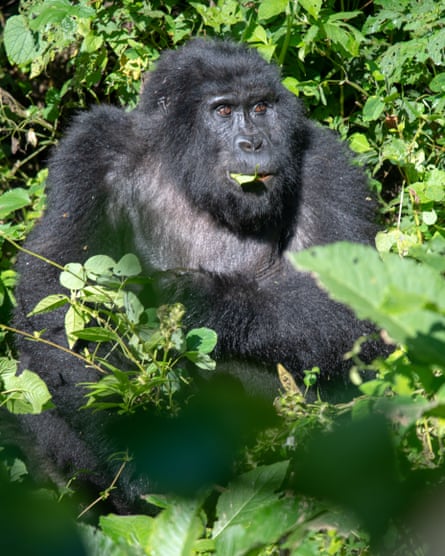
And now that the locals get a share of the tourist dollar – through selling food, crafts and accommodation, or as porters, guides and rangers – they see an incentive to protect the gorillas (many rangers are former poachers and enjoy better pay and more regular work). A few years ago, a very elderly silverback was found dining on villagers’ bananas and berries, but the locals let him graze. When he died a few days later, aged around 50, about 100 members of the community attended his funeral. “This act of kindness signified how far conservation efforts have come in Bwindi and that true friendship between people and wild animals is, indeed, possible,” says Kalema-Zikusoka.
Yet it’s a fragile ecosystem. When Covid hit and tourism halted, poaching and poverty returned. It may not surprise you to hear that Kalema-Zikusoka created a solution, providing 1,000 of Bwindi’s most vulnerable households with seedlings of fast-growing food crops – pumpkins, maize, ground nuts, beans, onions, tomatoes, amaranthus, spinach, kale and cabbages.
Community conservation is an expensive business, though. The proceeds of the memoir will go straight back to CTPH, she says, adding with her ready giggle, “You know what it’s like when you have your own organisation – you end up giving everything to it.”
In 2015, Kalema-Zikusoka founded Gorilla Conservation Coffee as another way to sustain her work. Although it hasn’t yet broken even, this social enterprise now supports 500 fairly paid, well-trained coffee farmers, 120 of whom are female. The premium Arabica roasted coffee can be bought in Britain (through moneyrowbeans.com), the US, Canada and New Zealand.
The need for funding is relentless, and anyone who’s ever tried to fundraise will know how difficult that is. Yet in 20 years, Kalema-Zikusoka estimates that they have raised more than $6.5m. How? “Gladys is always cultivating allies and donors wherever she goes,” says Miller. Driven more by purpose than ego, it seems, she sees herself less as a leader and more “someone with an urge to get things done”.
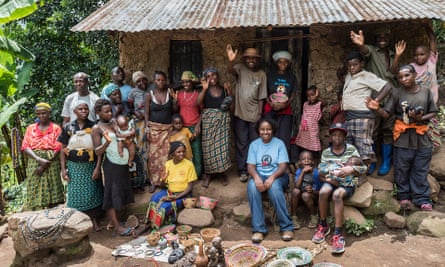
It’s all the more remarkable given the hangover of colonialism in African conservation, plus the fact that Kalema-Zikusoka is still a hands-on vet 15% of the time. When she founded CTPH, she was told by African colleagues, “You’re Black, so you won’t be able to raise the money.” Although things are changing, conservation NGOs are still “mainly run by white people,” she says, “and it’s easier for those NGOs to raise money. The funding comes from America, UK, Europe and it’s easier, I think, for people to give money to others from their own country.”
The point is, notes Edward Whitley, a financial adviser and founder of the Whitley Awards, which champion such grassroots conservation organisations, that “entrepreneurial conservationists, like Gladys, are skilled at finding creative solutions to problems that we, on the outside, may not even know exist”. Kalema-Zikusoka won the Whitley Gold Award in 2009 (“the green Oscars,” as she calls it) for outstanding leadership in nature conservation and has since received £140,000 in funding from the Whitley Fund for Nature.
Does Kalema-Zikusoka have any enemies? She laughs heartily. “I probably do. Whenever you’re disrupting the status quo, you’re likely to. Some people hate vets – old-school conservation has always been: ‘Don’t touch the animals, don’t interfere with nature’.” She has, in her time, encountered “chauvinistic, racist bullies”. “You still find such people in governments, in donor agencies.” She has learned not to take it personally. “I don’t need them to like me,” she says, “but you still need to win them over – let them see you’re working with them, not pushing things upon them; make them feel like their point of view is important – if you’re going to have a big impact.”
Walking With Gorillas: The Journey of an African Wildlife Vet by Dr Gladys Kalema-Zikosoka is out 27 April (Arcade Publishing, £20), or at guardianbookshop.com for £17.60
… as 2023 gathers pace, and you’re joining us from Uganda, we have a small favour to ask. A new year means new opportunities, and we’re hoping this year gives rise to some much-needed stability and progress. Whatever happens, the Guardian will be there, providing clarity and fearless, independent reporting from around the world, 24/7.
Times are tough, and we know not everyone is in a position to pay for news. But as we’re reader-funded, we rely on the ongoing generosity of those who can afford it. This vital support means millions can continue to read reliable reporting on the events shaping our world. Will you invest in the Guardian this year?
Unlike many others, we have no billionaire owner, meaning we can fearlessly chase the truth and report it with integrity. 2023 will be no different; we will work with trademark determination and passion to bring you journalism that’s always free from commercial or political interference. No one edits our editor or diverts our attention from what’s most important.
With your support, we’ll continue to keep Guardian journalism open and free for everyone to read. When access to information is made equal, greater numbers of people can understand global events and their impact on people and communities. Together, we can demand better from the powerful and fight for democracy.


